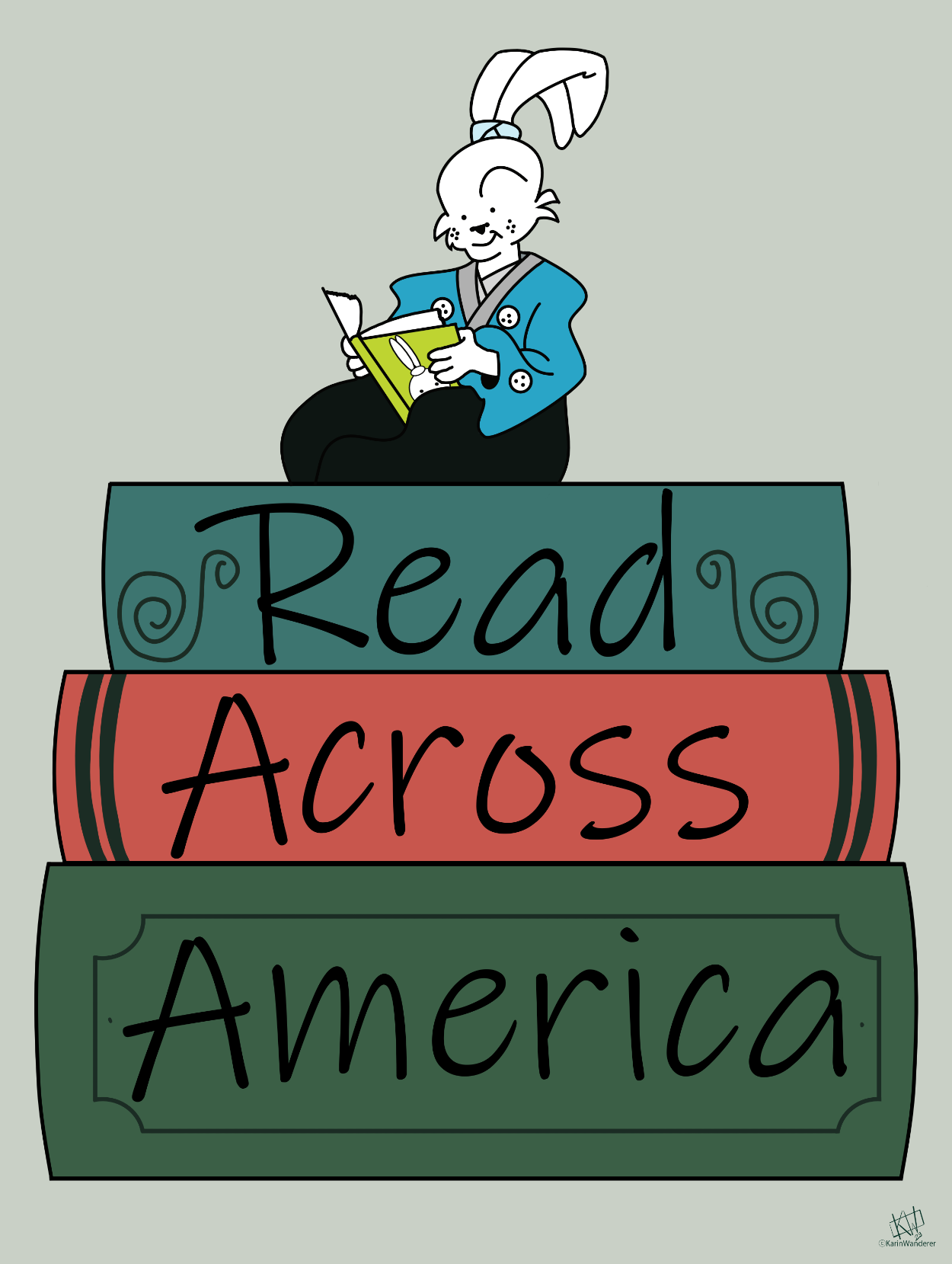Read Books. Spark Change.
It’s Children’s Book week! Every year there’s a week of literacy-focused events all around the United States, starting on Read Across America Day (2 March.) The National Education Association (NEA), started Read Across America in the 90’s to promote a love of reading in young people & it is now touted as “the nation’s largest celebration of reading.” Each year has a different slogan & this year’s is: Read Books. Spark Change. This slogan seems especially apt in the face of the book bans that are becoming more & more widespread.

Why Talk About Books in an Art Blog?
Books are important! In case it’s not obvious yet, I’m a bookworm. I spend a lot of time thinking about books,specifically picture books. Art can certainly enhance any book; who doesn’t love finding a map in the first few pages? Picture books, as the name implies, rely just as much on art as words.
Books Build Babies’ Brains, & Pictures Make It Possible
Newborn babies have to learn how to focus their eyes. Many books for newborns don’t even have words! See books by Tana Hoban which are stark black & white images designed to help newborn eyes focus. In a world of blurs, here are images designed to engage their eyes, & let me tell you- it works!
Ed Emberley’s Go Away, Big Green Monster literally breaks a monster down, piece by piece, into individual shapes. As one of my students once said after we read it the first time, “Who’s afraid of a triangle?” Art helps children understand concepts on a tangible level.
Here are more book suggestions from NAEYC if anyone is interested.
Books Are So Very Important!
I’m going to keep saying it until it’s sunk in. Books suggest new ideas in a safe way children can examine at a safe distance. Every spring & summer as our 5-year-old students get closer to Kindergarten teachers rely on books like School’s First Day of School (by Adam Rex & Christian Robinson) to help children get ready. The story allows children to confront their feelings of excitement & nervousness. It introduces concepts & facilitates discussion in a way that can be hard to do otherwise.
I have a copy of The Dead Bird by Margaret Wise Brown (illustrator changes depending on the edition). This book stays at school in my cubby. The children I teach (2-5 years old, generally) often experience the death of a loved one for the first time while they are enrolled at my school. Whether it is a friend, family member, or pet, MWB’s timeless story helps children process the concept of death.
Children Are Socialization Machines
“Do as I say, not as I do” is a completely worthless sentence. “Actions speak louder than words” is the rule of the day. Children are learning what it means to be a person in the society they are growing up in. This means a different thing to every different person, & is a hugely difficult concept that adults struggle with, so imagine how hard it can be for a 3-year-old child! Reading a wide variety of books is one of the best (& if you have a local library, cheapest & easiest) ways to show children the wide wild world we live in. They help us explain situations before a child might even encounter them! Words to Make a Friend (by Donna Jo Napoli & Naoko Stoop) demonstrates ways to work together even when you have trouble communicating, & who hasn’t had trouble with that?
Oh, this is so long. Rant over? Rant over. See you on Tuesday!
Get my art on mugs & vinyl stickers in my Shop!
Donate to support my works & get cool perks on Ko-Fi
Join us for #ArtABCs, the best art challenge on the internet!
Find me
- All pictures posted are my own work.
- All reviews are my own unpaid & unsolicited opinions.